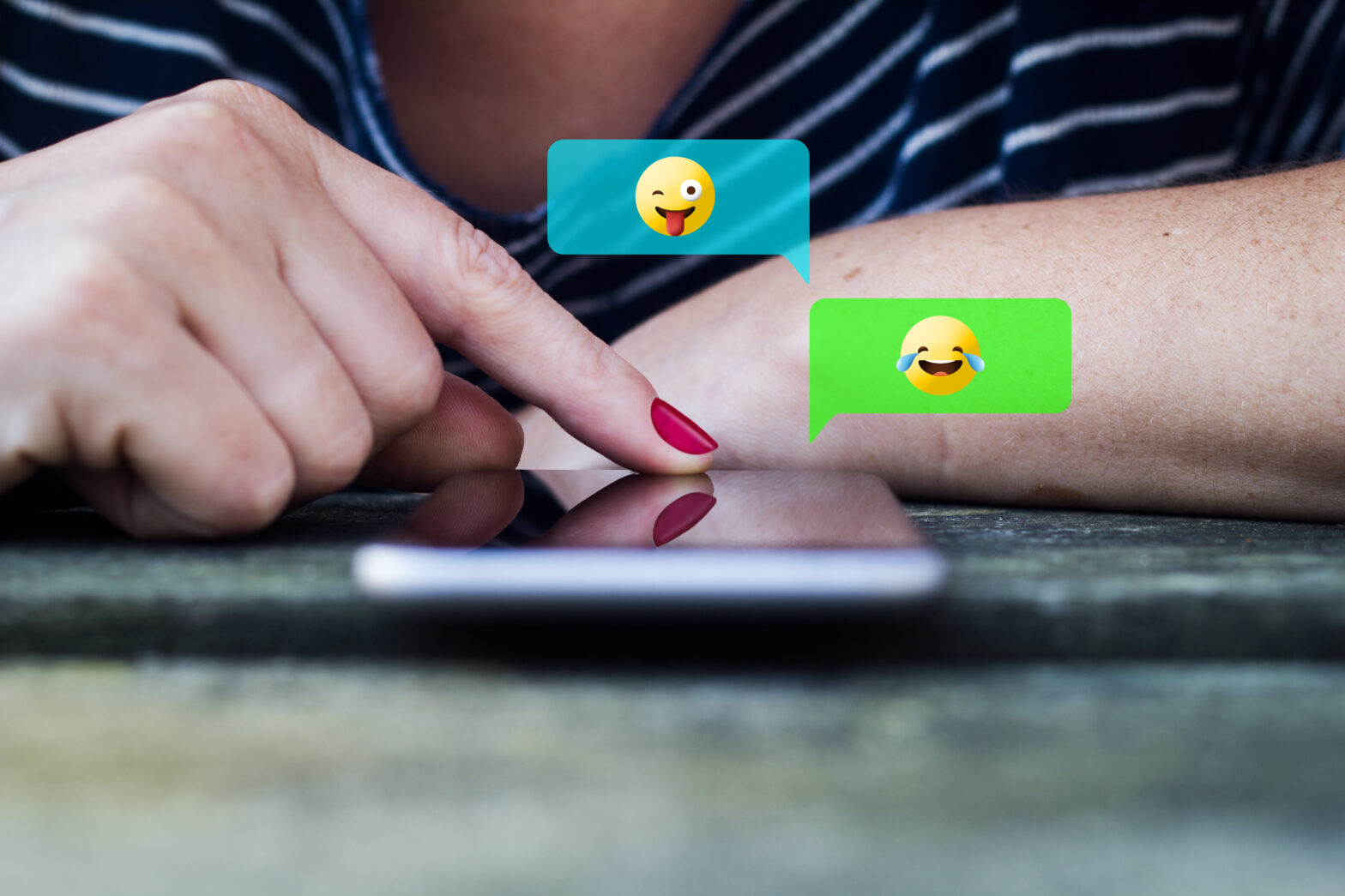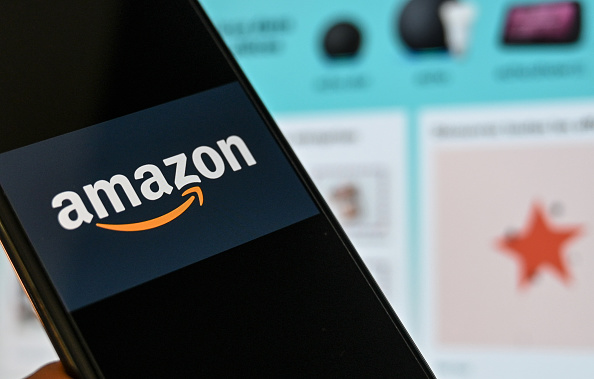Wink face, smiley face, crying face. The dancer, the cyclist, and of course, the avocado. There are emojis for just about everything these days, but why? A huge 92 per cent of the online population use emojis, but do emojis and business belong together? When are emojis an asset to marketing efforts and when could they be putting your small business’ reputation at risk?
So, do emojis and business go together?
Controversially, emojis are not just limited to personal use; in fact, many larger businesses/business people no longer consider them frivolous and have, instead, embraced emojis for marketing campaigns or sales techniques. Examples include:
Domino’s pizza: Domino’s allows regular customers to place orders simply by texting the *pizza* to a dedicated ordering number. Some argue that the ‘convenience’ of this is just a marketing gimmick as customers must create a user profile with their pizza preferences for it to work. The campaign does, however, show how emojis can complement a fun brand persona and confirms that emojis and business can exist together a part of our everyday lives.
PepsiMoji: Taking the emoji world by storm, Pepsi released its own PepsiMoji designs which formed the basis of its ‘Say it with Pepsi’ campaign. It debuted the emoji-themed packaging for its bottles and cans in February 2016 and all the icons could be downloaded from a PepsiMoji keyboard app. Carla Hassan, from PepsiCo’s Global Brand Management team said, ‘the campaign celebrates the universal connection and communication emojis provide.’
WWF: As part of its attempts to help save animals from extinction, WWF started a #EndangeredEmoji campaign on Twitter. 17 emojis are of endangered animals so Twitter users were asked to sign up and then, for every endangered emoji they tweeted, 10p was donated to the charity. WWF-UK’s Head of Engagement, Rachel Bloodworth, said the emoji campaign was to raise global awareness on one of the world’s biggest social platforms: ‘Innovation is at the heart of WWF’s work – we want to find new and exciting ways of engaging with people.’
How can your small business mirror larger business’ use of emojis as a marketing technique, while maintaining a professional image?
1) Never use an emoji in an introductory email
When you’re just being introduced to a new person in the business world, whether that be a new client, customer or business partner, it’s vital to you and your business’ image to appear professional. After the first few exchange of emails, or after meeting in person, it might feel appropriate to relax with your conversation – at this point, you might choose to include the occasional emoji!
2) Don’t use emojis to make a joke out of an issue that should be addressed properly
Emojis have light-hearted and informal connotations, so are inappropriate for a serious situation. The recipient of your email will be getting mixed messages if they receive a message or email seemingly giving them a warning for tardiness, only to be contradicted by a *wink* emoji. Keep your emoji use in line with your tone – if you’re making a joke, an emoji might be completely fine, but if you want your issue to be taken seriously, hold back on the emojis.
3) If you’re considering adding an emoji to make sure something is not taken badly, stop and reconsider if you should be saying it at all
As we mentioned in the previous point, an emoji should be used in light-hearted and fun situations, so if you find yourself about to pop in a *wink* emoji, or *laughing face* emoji to make a comment seem less harsh, perhaps have re-think. Is what you’re saying unnecessary or overly harsh? Is there a way you can re-phrase it so it doesn’t need to be lightened up with an emoji?
4) Don’t use an emoji in an email to a client – you never know who they might need to share it with inside their business
While you and your client contact might have a relatively laid-back relationship, where you feel comfortable using informal language and emojis, it’s best to refrain in client emails; your contact might have to forward your email over to someone more senior in the business, where the use of emojis might be seen as inappropriate.
5) Don’t use emojis unless you already have a good relationship with the recipient and you are confident it will be well received
Whether it’s a colleague, client or even your boss, you’re the only person who can decide whether an emoji would be well-received by the other person. If in doubt, keep your email or messaging conversations strictly professional and follow their lead – if they drop an emoji in, you can feel safe that it’s appropriate to reciprocate.
*Thumbs up* or *thumbs down* to the emoji?
Considering an estimated six billion emojis are sent each day, it’s clear they have become an integral part of everyday communication, and that emojis and business can work together. In some situations, words are being replaced by emojis, eg Instagram allows users to hashtag using emojis and Domino’s has adapted to the *pizza*.
Of course, there will always be people who think emojis and business have gone too far; I mean, is there really any need for *floppy disk* these days? However, emojis are here to stay and you’ll likely find them creeping further into marketing campaigns and even other business communications as the years go by. So, why not become familiar with the 1,851 emoji characters currently available and see whether you can spice up your messages?
Claire Wilson is content strategy director at Stratton Craig.





